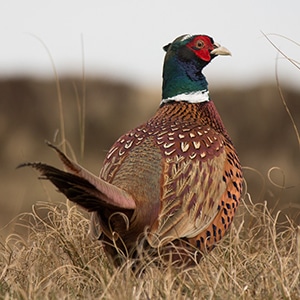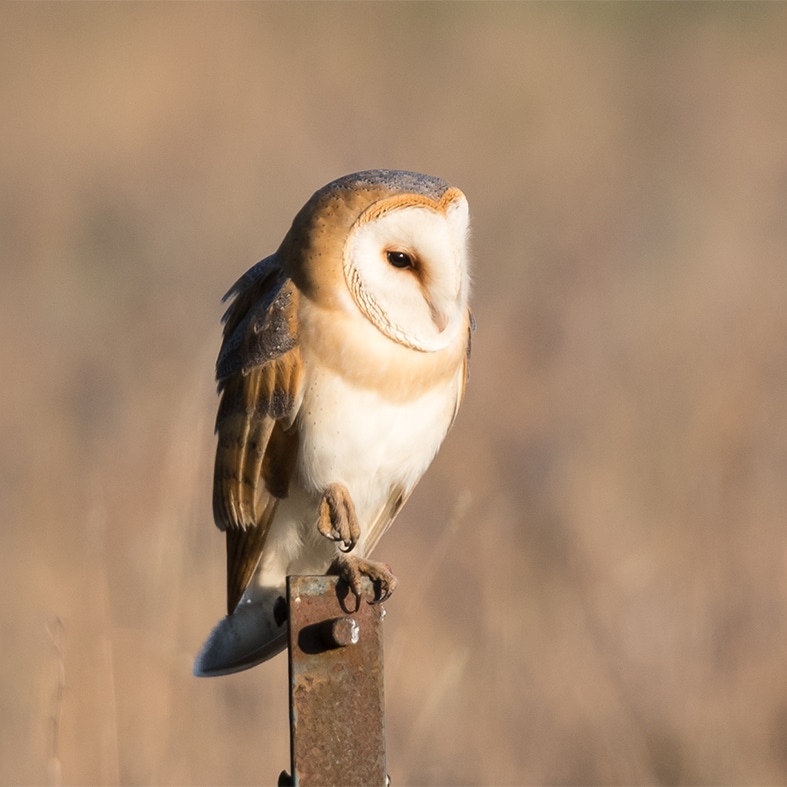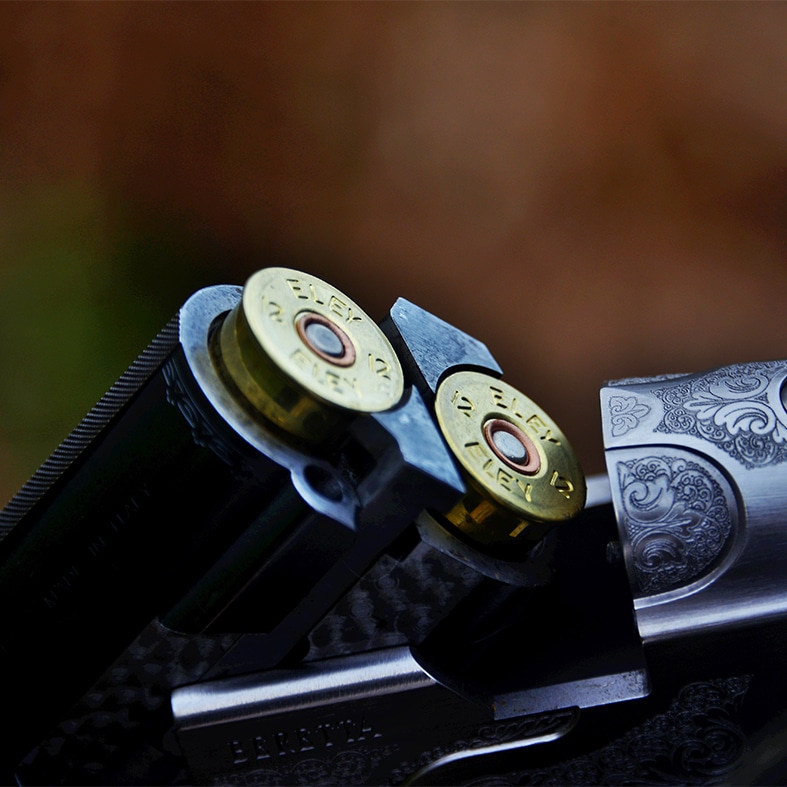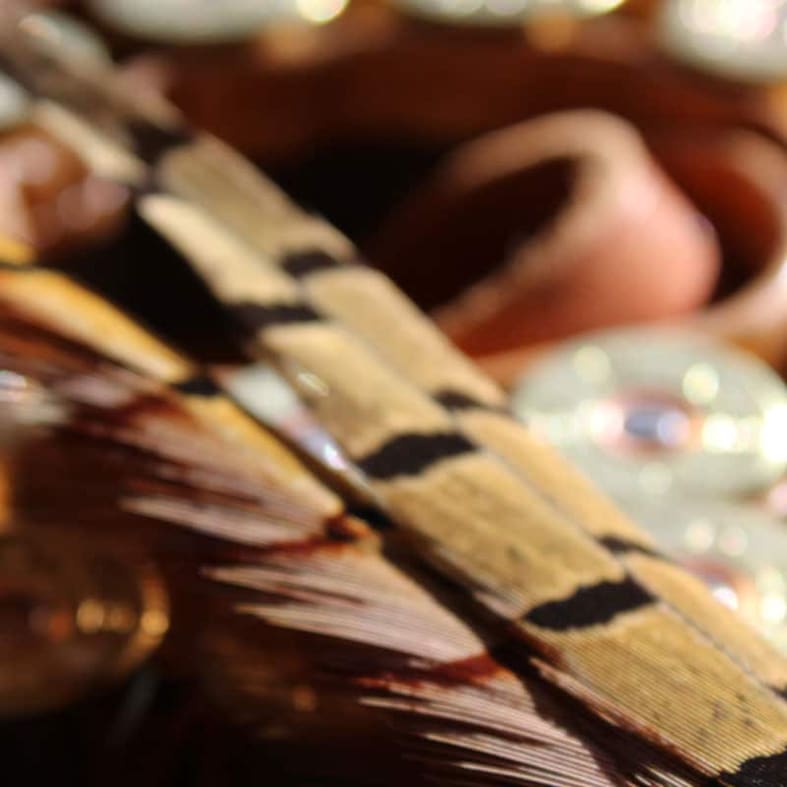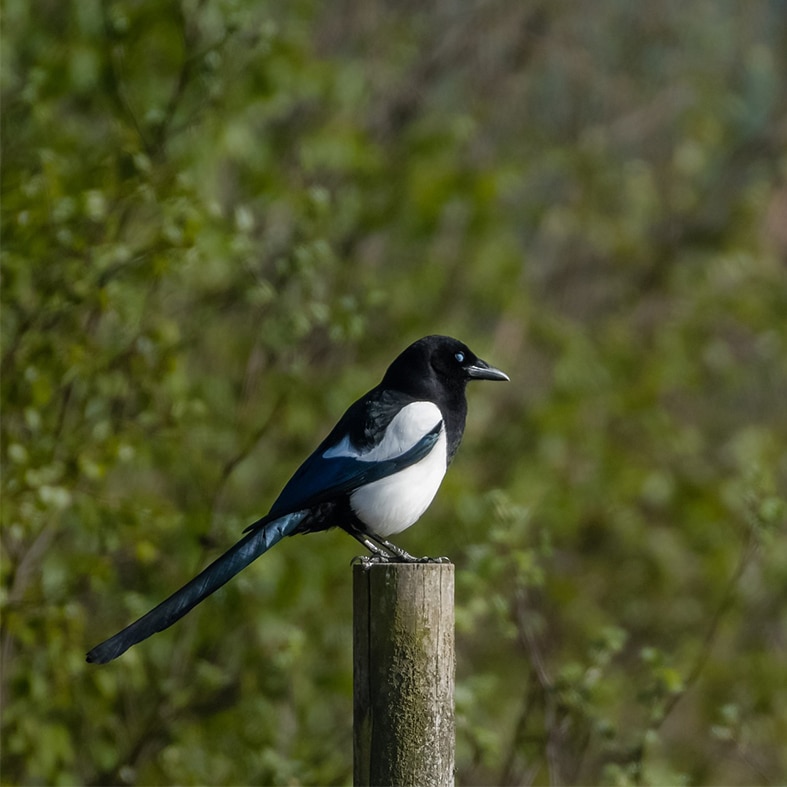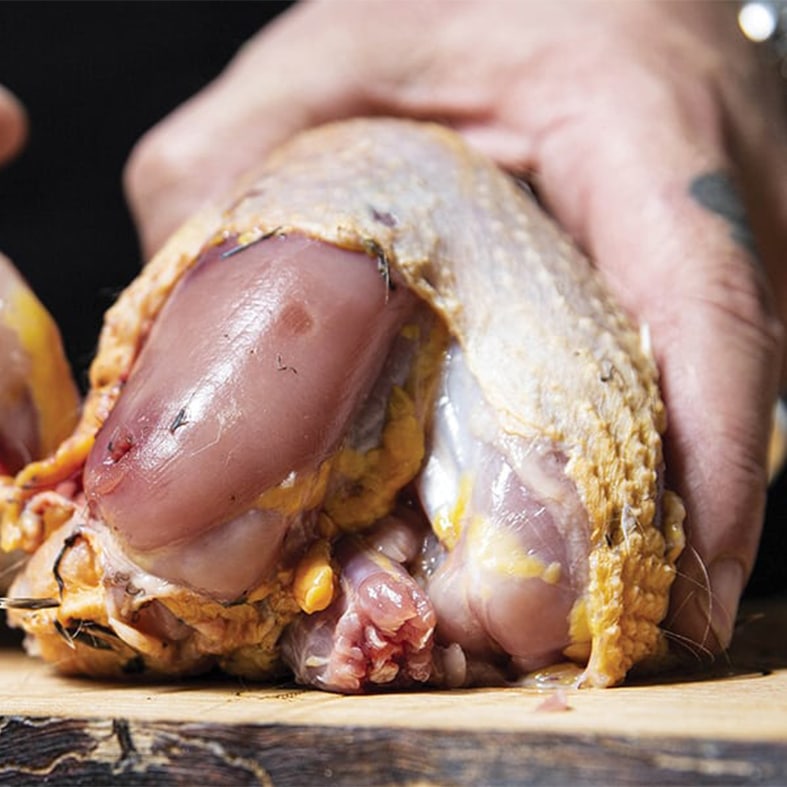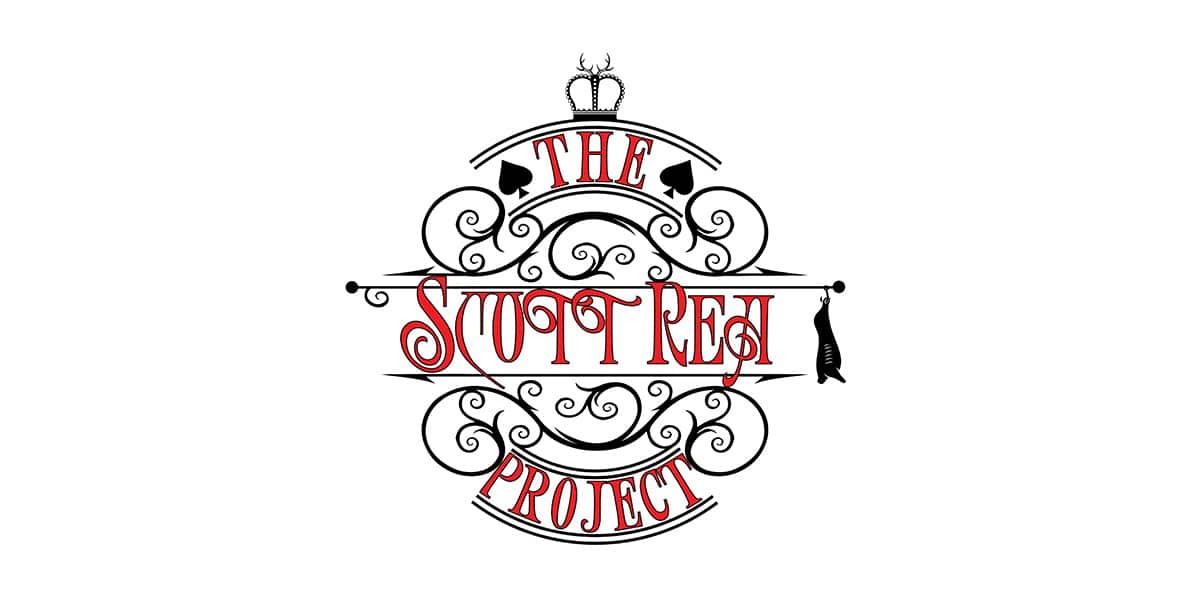Gamble Black-jack Pro Monte Kasinopelit Internetissä Carlo Singlehand 95 39% RTP
Sisältö Kasinopelit Internetissä – SlotsandCasino: Retriitti Blackjackin harrastajille Hanki Thrill of Online Blackjack vuonna 2024 Kuinka monta voittolinjaa Acesista on tullut Ja voitko Faces Video Web-pohjainen pokerikolikkopeli? Vähennä voittoja, niin et ole todennäköistä, että pääset eroon Effective All the Handista Internetin parhaat kasinot oikealla rahalla vuonna 2024 Chance Coins -peliyritys tuo kolikoita bonuksina ja sinä
